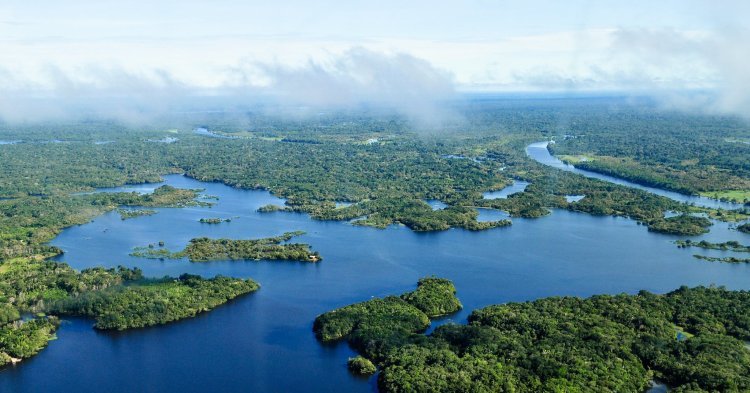So when flames are incinerating the ‘lungs of the Earth’, it’s everyone’s business. The problem in Brazil this year has been that the gatekeeper, President Jair Bolsonaro, seems recklessly indifferent. In August, he even rejected international aid for extinguishing the fires. Unconscionable destruction is taking place, but the outside world can only watch. Does it have to be so?
When it’s not forests but human beings that are being destroyed, the answer is already no. The concept of ‘Responsibility to Protect’ (also known as R2P), employed in United Nations parlance, provides an obvious parallel to the quarrel over the Amazon fires. Every country has the responsibility to protect its population from horrors like crimes against humanity; if the country fails, it is time for the international community to step in.
A very 21st-century idea
The R2P principle, embraced at the 2005 World Summit, was lauded as perhaps the most monumental change to the centuries-old system where states (theoretically) enjoy absolute sovereignty within their boundaries. Drawing from this idea to articulate a responsibility to protect nature would be another revolution, one which is completely in line with the spirit of the 21st century.
States steadfastly holding on to their ‘sovereignty’ in the face of an environmental problem that transcends the state requires new ideas on what sovereignty means. Moreover, the climate emergency is reawakening the long-forgotten idea that humans depend on nature, and are perhaps at one with it. In the 21st century, it is again becoming acceptable to think that a crime against nature is also a crime against humanity.
Sliding scale of responses
The main criticism of R2P, which evolved from the concept of ‘humanitarian intervention’, has been that it offers yet another pretext for strong, especially Western, countries to interfere in the affairs of weaker and non-Western countries. Speaking in 2009, the then-President of the International Crisis Group Gareth Evans warned against stretching and diluting the original R2P idea by mixing it with environmental concerns. Because international support for R2P is faltering, trying to take the idea too far would threaten our ability to act against genocide and other violations originally included in the scope of R2P, he said.
The concern about overstretching the principle is valid. ‘Responsibility to protect’ should deal with matters of conscience and our most deeply-held values, not as an instrument of politicking. Especially when the prospect of direct intervention exists, there should be caution. We should thank Jair Bolsonaro for giving us a fairly clear example of a case that goes beyond legitimate political disagreement. Finding consensus on anything on the world stage is difficult, but “when there’s a massive wildfire, we should stop it” might just about pass.
Not all matters of environmental destruction may be as straightforward, however. A potential remedy to this is that the international community’s collective responsibility for the environment need not only be about forcible intervention, but that it can also take more nuanced forms. In a 2009 paper where they say R2P could give inspiration for new ideas on environmental protection, Lloyd Axworthy and Allan Rock describe different steps, including technical assistance and sanctions, that the international community can take before resorting to direct rescue action. [1]
For example, what about dumping power plant waste in a lake, like with the toxic Russian “Instagram lake” that was in the news this summer? Stopping it would require at least arranging an appropriate waste-processing facility. You might imagine other countries sending firefighters to Brazil if Brazilians don’t extinguish their fires themselves. On the contrary, international helpers could hardly march into Russia and close the power plant until they’ve ensured the lake is protected. However, international responsibility could in this case mean giving advice and assistance for building a waste facility.
Modern problems require modern solutions
International norms usually emerge slowly; meanwhile, the environmental crisis is escalating rapidly. For a principle of cross-border responsibility to emerge before it’s too late, advocates of the idea should seize on this summer’s experience as a case in point.
The emergence of a new norm could help save CO2-absorbing forests, potable water and arable land. As our globe runs out of resources, these are things that we should all be concerned about, together.


Follow the comments: |
|
